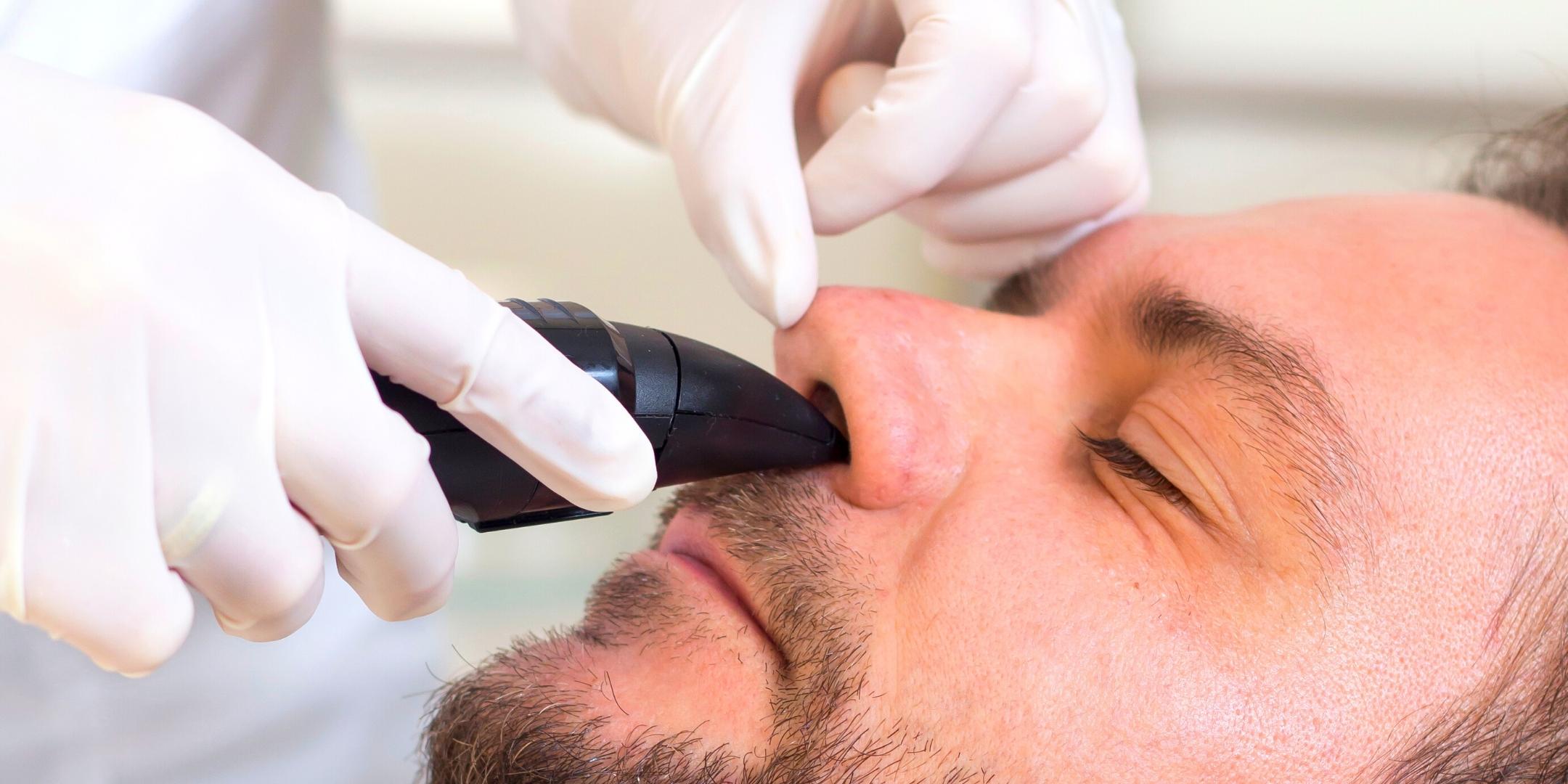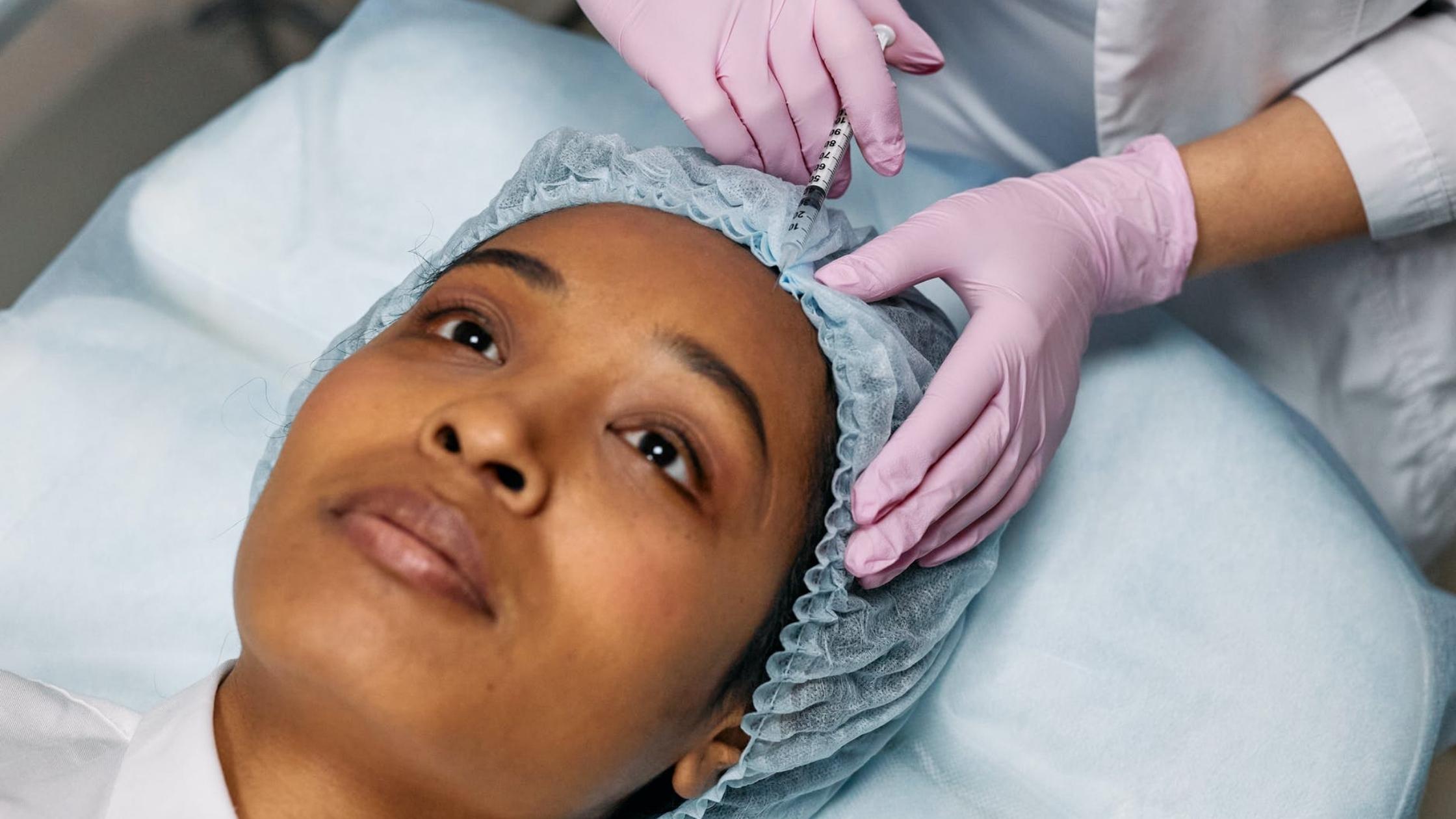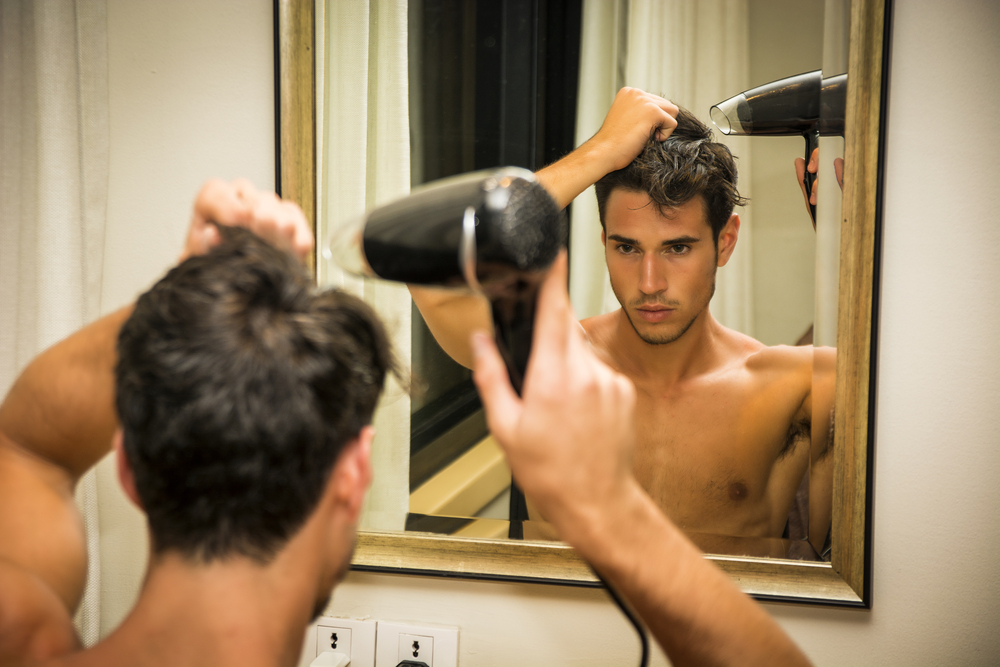Breast enlargement, also known as breast augmentation, is a procedure that aims to increase the size, shape, or fullness of the breast. It’s one of the most popular cosmetic surgeries worldwide, driven by various factors, including cosmetic desires, reconstruction following surgery, and personal confidence. This procedure can involve surgical implants or non-surgical methods, such as fat transfer or the use of certain creams and devices.
While breast enlargement offers significant benefits, it’s essential to approach this decision with a comprehensive understanding of potential side effects. Both surgical and non-surgical methods carry risks, and the impact on one’s health and well-being can vary. Knowing what to expect can help individuals make informed choices and prepare for the recovery process.
Among the surgical options, silicone and saline implants are the most common choices. Each type comes with specific considerations, such as the feel, appearance, and risk profile. Non-surgical options, though less invasive, may offer subtle enhancements but come with their own set of potential side effects and effectiveness concerns.
As the demand for breast enlargement continues to grow, so does the importance of awareness about its side effects. This article aims to shed light on the common and uncommon side effects associated with breast enlargement procedures, providing valuable insights for those considering this cosmetic enhancement.
Common Side Effects of Breast Enlargement Procedures
Most Common Side Effects of Breast Enlargement are:
- Infection: Post-surgical infections can occur, necessitating prompt treatment to prevent further complications.
- Changes in Nipple and Breast Sensation: Some individuals may experience increased sensitivity, numbness, or a complete loss of sensation, either temporarily or permanently.
- Scarring: Surgical incisions may lead to visible scars, with their prominence varying based on individual healing processes and surgical techniques.
- Capsular Contracture: This occurs when the scar tissue around the implant tightens, causing discomfort or changes in the breast’s appearance, and may require additional surgeries.
- Bleeding: Some patients may experience bleeding during or after surgery, leading to bruising and swelling.
- Breast Pain: Discomfort and pain in the breasts are common after surgery but typically subside as the healing process progresses.
- Implant Complications: Implants may rupture or deflate, leading to changes in breast appearance and necessitating further surgical intervention.
- Skin Changes Around the Implant: This includes rash, discoloration, or textural changes on the skin surface above the implant.
- Additional Surgeries: Further operations may be needed to address complications, replace implants, or correct asymmetry.
- Asymmetry: Differences in size, shape, or position between the two breasts may be noticeable post-surgery.
- Bruising: Common after surgery, bruising should gradually fade as the healing process continues.
- Abnormal Bleeding During the Surgery: While rare, this can increase the risk of complications and extend recovery time.
- Anesthesia Risks: Reactions to anesthesia, though uncommon, can pose serious health risks.
- Breastfeeding: Some women may experience difficulties with breastfeeding post-surgery.
- Swelling: Typically occurs after surgery, swelling should decrease over time as the body heals.
- Tightening of the Breast Tissue: Beyond capsular contracture, some patients may feel their breast tissue tightening, affecting the breast’s feel and appearance.
- Breast Implant Illness (BII): A range of symptoms reported by some women after implant surgery, including fatigue, chest pain, hair loss, and headaches.
- Nerve Damage to the Nipples: Can result in changed or lost nipple sensation.
- Rupture and Deflation: Implant shells can break, leading to leakage of saline or silicone.
- Skin Discoloration: Some patients may notice changes in skin color around the breast area after surgery.
- Unacceptable Folds Around the Implant: Visible wrinkling or folding of the implant can occur, affecting the breast’s smoothness and contour.
Understanding these potential side effects is crucial for anyone considering breast enlargement. It’s important to discuss all concerns and questions with a qualified surgeon to ensure that you have realistic expectations and to understand the risks involved in the procedure.
Detailed Look at Surgical Side Effects
Surgical breast enlargement carries specific risks associated with the procedure itself and the anesthesia used. Abnormal bleeding during the surgery, infection at the incision site, and anesthesia risks, such as adverse reactions or complications during surgery, are critical considerations. These risks underscore the importance of choosing a qualified and experienced surgeon to minimize potential complications.
Bleeding and infection post-surgery can lead to prolonged recovery, additional treatments, and, in severe cases, removal of the implants. To mitigate these risks, following pre- and post-operative care instructions is crucial. Breast pain and swelling are expected after surgery, but if these symptoms persist or worsen, they may indicate complications requiring medical attention.
Implant-related complications extend beyond capsular contracture to include issues like rupture and deflation, particularly with saline implants. Silicone implants, while less likely to deflate dramatically, can silently rupture, necessitating periodic imaging tests to ensure their integrity. Skin changes around the implant, including discoloration, tightening of the breast tissue, and unacceptable folds, can also occur, affecting the aesthetic outcomes of the procedure.
Additional surgeries may be required to address complications, adjust implant size, or correct asymmetry and folds around the implant. The possibility of needing further surgeries is a significant consideration for anyone thinking about breast enlargement. Each surgery carries its own set of risks, emphasizing the need for careful decision-making and thorough consultations with healthcare providers.
Non-Surgical Breast Enlargement Side Effects
Non-surgical breast enlargement methods, including the use of creams, injections, and hormonal pills, present an alternative to surgical augmentation. However, these methods are not without their risks and side effects. Products like breast enlargement creams promise size and shape enhancement without the need for surgery, yet the efficacy and safety of these products can vary widely. For a comprehensive review of the best breast enlargement creams, visit Zwivel.
One of the primary concerns with non-surgical options is the lack of regulatory oversight for many of these products. This can lead to the use of ingredients that may cause skin reactions, hormonal imbalances, and other health issues. Hormonal treatments, for example, can have a significant impact on the body’s natural hormone levels, potentially leading to side effects such as weight gain, mood changes, and even increased risk of certain types of cancer.
Additionally, the effectiveness of non-surgical treatments is often questioned. Unlike breast implants, which offer a visible increase in breast size, non-surgical methods may provide only minimal or temporary enhancements. This discrepancy between expectations and results can lead to dissatisfaction and emotional distress among users.
For those considering breast enlargement, it’s crucial to weigh the pros and cons of both surgical and non-surgical options. The U.S. Food and Drug Administration (FDA) provides comprehensive information on the risks and complications associated with breast implants, which can be found at FDA’s official website. This resource is invaluable for anyone looking to make an informed decision about breast augmentation.
Comparing Side Effects: Surgical vs. Non-Surgical Methods
When deciding between surgical and non-surgical breast enlargement methods, understanding the risks and outcomes associated with each is crucial. Surgical procedures, while offering more dramatic and long-lasting results, come with a higher risk profile. These include the risk of infection, capsular contracture, and the potential need for revision surgeries. Non-surgical methods, such as creams and hormonal treatments, pose less risk in terms of physical complications but often yield less significant results and carry their own set of side effects, like skin reactions and hormonal imbalances.
Patient testimonials and expert opinions highlight the varied experiences with both types of enlargement methods. Some patients report high satisfaction with surgical results despite the recovery process, while others prefer the subtler, less risky approach of non-surgical options, despite the more modest enhancements.
Choosing the right method involves a personal assessment of risk tolerance, desired outcome, and consideration of long-term health implications. Consulting with healthcare professionals and cosmetic surgeons can provide personalized advice and help individuals make informed decisions based on their health, body type, and aesthetic goals.
Minimizing Risks and Managing Side Effects
To minimize the risks associated with breast enlargement and manage potential side effects, several steps are essential. Firstly, selecting a qualified and experienced surgeon for surgical procedures is paramount. A surgeon’s expertise and track record can significantly influence the outcome and minimize complications. For non-surgical options, consulting with a healthcare professional can help identify safe and effective products.
Following pre- and post-procedure instructions carefully can also reduce the risk of complications and enhance the healing process. This includes adhering to guidelines on activity levels, medication, and follow-up appointments.
Knowing when to seek medical attention is critical. Any signs of infection, abnormal pain, or changes in breast appearance should prompt an immediate consultation with a healthcare provider to address potential complications early.
Alternatives to Breast Enlargement
For those seeking to enhance breast appearance without undergoing surgery or using non-surgical treatments, several natural and lifestyle options exist. Improvements in diet and exercise can influence overall body shape and the appearance of the breasts. Specific exercises targeting the chest muscles can improve breast firmness and lift.
Exploring padded bras and external enhancers offers a non-invasive way to alter the appearance of breasts temporarily. These options can significantly impact breast shape and size and are a viable alternative for those looking for temporary or less drastic changes.
Conclusion: Making an Informed Decision
In conclusion, understanding the potential side effects of breast enlargement is crucial for anyone considering this cosmetic enhancement. By comparing the risks and outcomes of surgical and non-surgical methods, individuals can make informed decisions that align with their health priorities and aesthetic goals. The importance of consulting with healthcare professionals to understand the best options and manage expectations cannot be overstated.
Frequently Asked Questions
Q: Can breast enlargement procedures affect my ability to breastfeed?
A: While many women are able to breastfeed after breast enlargement, some procedures, especially those involving incisions around the areola, can affect breastfeeding capabilities. Discussing your plans with your surgeon beforehand is advisable.
Q: How long do the results of breast enlargement last?
A: Surgical breast enlargement results can last many years but may be influenced by factors such as aging, weight fluctuations, and hormonal changes. Non-surgical enhancements are typically temporary and require ongoing treatment for maintenance.
Q: Are there any natural alternatives to breast enlargement?
A: Yes, lifestyle changes such as exercise, diet improvements, and the use of padded bras or external enhancers can provide natural alternatives to changing the appearance of the breasts without undergoing surgery or treatments.









